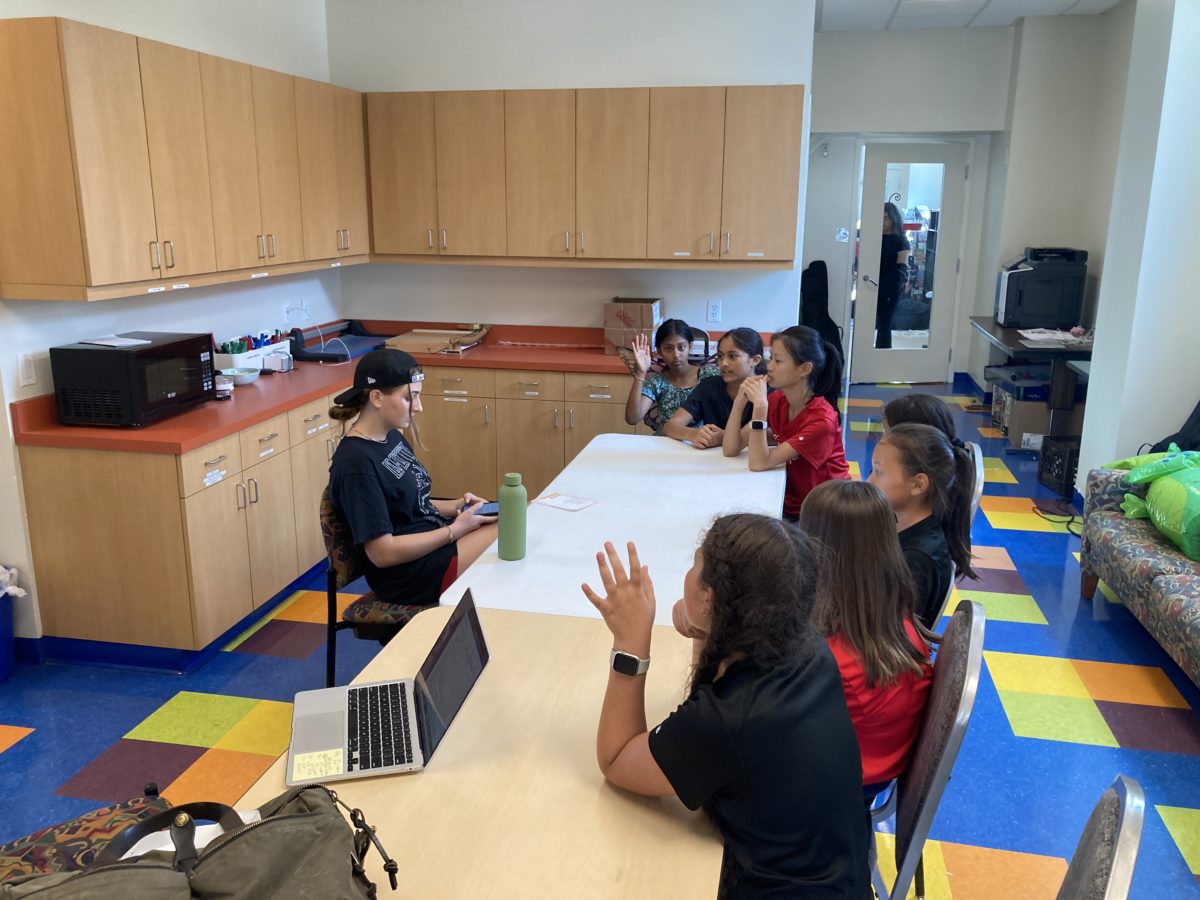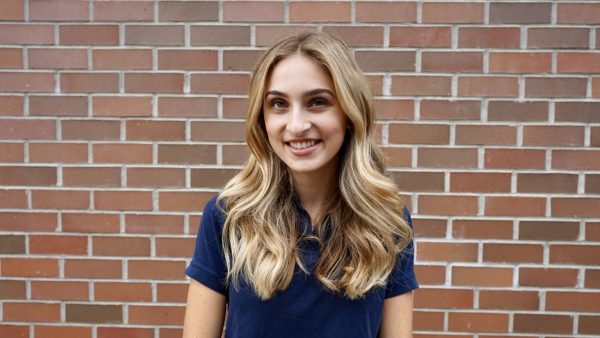Last year, Castilleja broke the news that its students would no longer attend school at the College of San Mateo while the Bryant Street campus was renovated. With this announcement came the news that the administration over-admitted students for the class of 2030, and there would not be room on campus for them. Come fall of 2023, the new sixth graders would be on a satellite campus at the Oshman Family JCC.
Located in Mountain View, the JCC is an enormous facility complete with a preschool, after-school programs, senior living and gym facilities that families of Castilleja students who attend school there have full access to.
When I heard the news that the new sixth graders would be attending school at the JCC, I was shocked. I couldn’t imagine what it would be like to start middle school separated from the rest of the school community and “outside the circle.”
If you’re in high school at Castilleja, you know the communication between the JCC campus and Bryant campus has been slim to none. And if you’re like me, you may have been wondering: what is going on at the JCC?
When I arrived at the JCC, I walked up a set of stairs adorned with little signs with arrows pointing to different locations like a preschool, a town square, a fitness center and, of course, Castilleja School.
To signify the start of the Castilleja space, a sign is mounted above the door that says Castilleja, complete with the five C’s logo. Upon entrance, there is a room with colorful flooring that functions as the main hallway. This room holds all the offices and, as I was told by many hungry sixth graders, the room with the candy jar. Further down the hall, there are three classrooms and cubbies to place belongings.
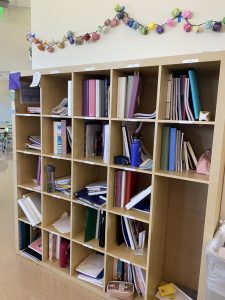
When reflecting on my own time as a sixth grader at Casti, something that shaped my experience was the cross-grade connections I formed and the feeling of being a part of a community that transcended my class year. Before interviewing the sixth graders, I thought I was going to hear a lot about the feeling of isolation and how they feel like they don’t have people to look up to without the older grades on campus.
While it’s true that I heard some of that, like Mina Kreps ‘30 who said, “We want to be more a part of it. Other grades should visit more,” and Maya Kollu ‘30, who, when asked if others felt this way, added, “We don’t visit the Bryant Street campus enough, we visit once a month.”
I also realized that I had truly underestimated the class of 2030’s ability to adapt to their new environment.
Through my interviews with members of the class of 2030, I realized how they were making their own community, right at the JCC. Namrata Ganesh ‘30 said that she doesn’t feel like they are too isolated because they get to wave hi to the preschoolers who are “super cute” and that they have their own “very nice Seniors” (who, upon clarification, I learned are the senior citizens who live in the senior living buildings at the JCC).
These sixth graders aren’t being immersed in the traditional Castilleja community, and yet, they’re creating their own sense of school spirit. The class of 2030’s spirit and togetherness transcend any physical campus and make me confident in the uncertain future of Castilleja.
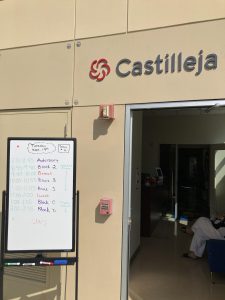
With the head of school stepping down and postponed construction plans, who knows what campus the whole school is going to be on next year? Watching the class of 2030’s resilience in the face of change at 11 years old reassured me that no matter the physical Castilleja campus, the spirit of Castilleja will not falter.
That being said, like any new and unexpected experience, this change has also come with a plethora of challenges. The feeling of FOMO is not new for the class of 2030. When asked about her initial thoughts and feelings when she heard about the class’s unique situation, Sofia Li ‘30 said, “Being at the JCC meant that we would miss out on things so I was sad about that.”
Aya Manaa ‘30 echoed a similar sentiment. “During middle school meetings on Zoom, we feel so sad that we have to sit there and listen to them talk about all the opportunities that we don’t get to do, like MUSE.”
Another feeling unique to the class of 2030 is the worry that they will be unprepared for seventh grade on the Bryant Street campus. “When we’re in seventh grade we’re not going to be able to help the sixth graders because we don’t even know where everything is,” Manaa said.
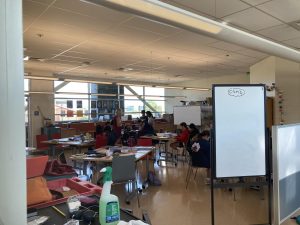
“Next year will feel like sixth grade all over again,” Kollu added.
Ganesh provided a different perspective: “I was excited to come to this campus because it was just sixth grade. It feels like a transition school and we are able to have practice before seventh grade.”
Ganesh also shared that she feels like her grade has bonded more because of this experience. Truly, this whole year is like one long retreat for the class of 2030.
One thing that was clear from all my interviews was the gratitude all the sixth graders hold for the employees of Castilleja who have made this transition as smooth as possible. Mina Kreps shouted out math teacher Carolyn Steele, saying, “Ms. Steele normally teaches 8th grade math, but now she’s here helping us.”
—


